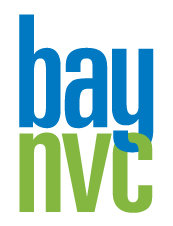skip to main |
skip to sidebar
by Miki Kashtan
In my previous piece in this mini-series, I made a connection between power and needs, suggesting that the quintessential flavor of power-with approaches rests on attending to ever more needs of ever more people. I said then, and will say as often as I can remember, that the repeated experience of magic that arises from engaging in this way has sold me on it forever. I have facilitated so many groups and teams to reach decisions that are based on this approach, and the results often astonish everyone who participates.
Nonetheless, today’s piece is about a huge caveat I have about how to apply this approach within groups. I became familiar with this issue in communities of practitioners of Nonviolent Communication (NVC), especially when people gather in an attempt to make things happen rather than for the purpose of healing. Often enough people experience immense frustration with how such groups function, and are discouraged to see how challenging it can be to make any decisions about anything. I suspect that this issue shows up in a variety of forms in any number of groups and contexts where inclusion and power-with are important to participants in a group. Nonetheless, because I have experienced it primarily in the NVC context, this is the main context which I talk about in this piece.
Although I had experienced the challenge soon after I became part of the fledgling community that has since grown considerably worldwide, I didn’t have a framework for understanding the issue until a particular conversation I had with my late colleague and co-founder of BayNVC, Julie Greene, in 2001. The way Julie characterized the problem was that people didn’t make a clear enough distinction between what she referred to as empathy circles and action circles. The difference between the two is a difference in purpose, not in who is present – the same group of people can sometimes come together as an empathy circle and sometimes as an action circle. In fact, that was one of her clear recommendations to people gathering to make things happen: to have some meetings that are purely designed for relationship-building and empathy.
I have thought about this challenge many times in the intervening years, and now have some hope that I can support NVC groups, and likely others, in finding more effective ways to manage the difficulty.

